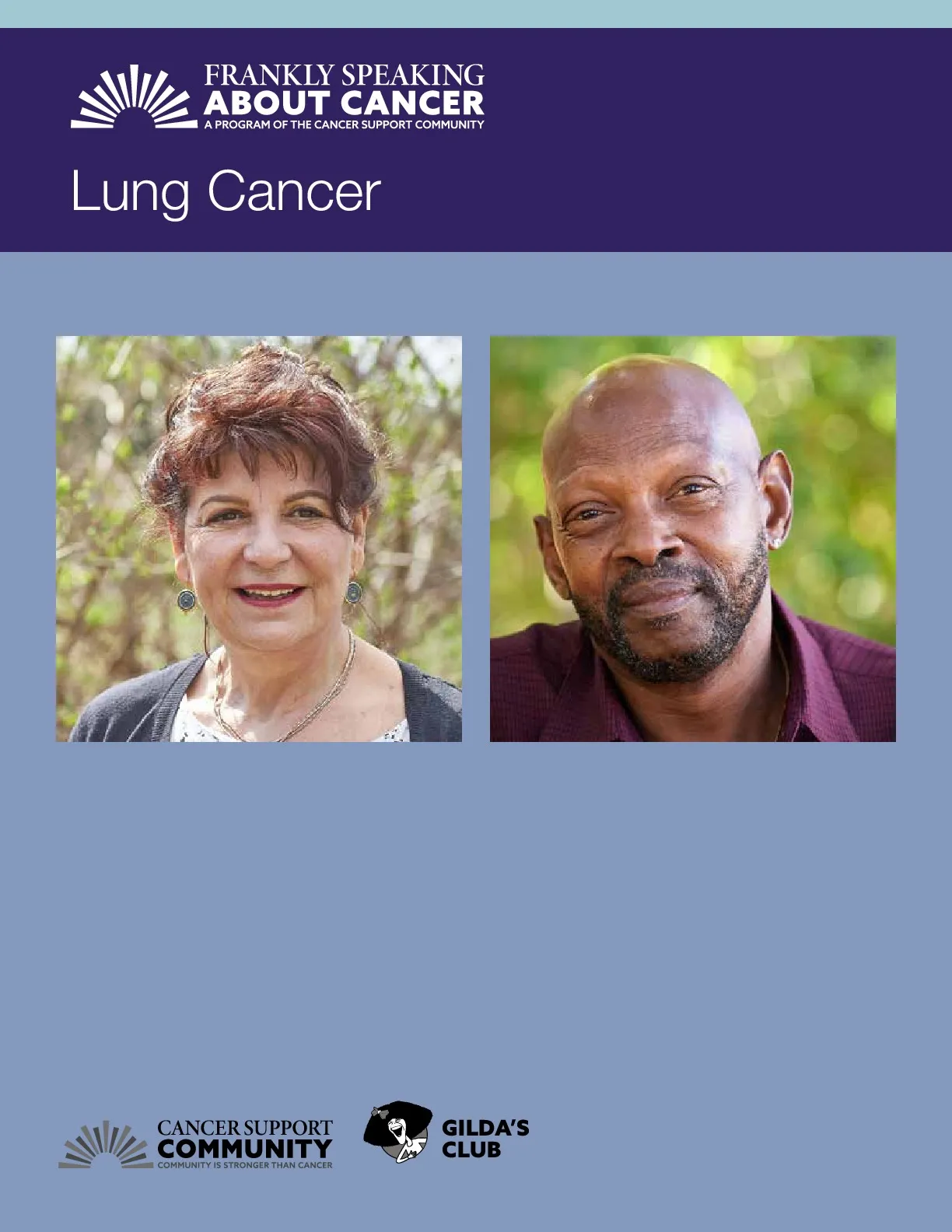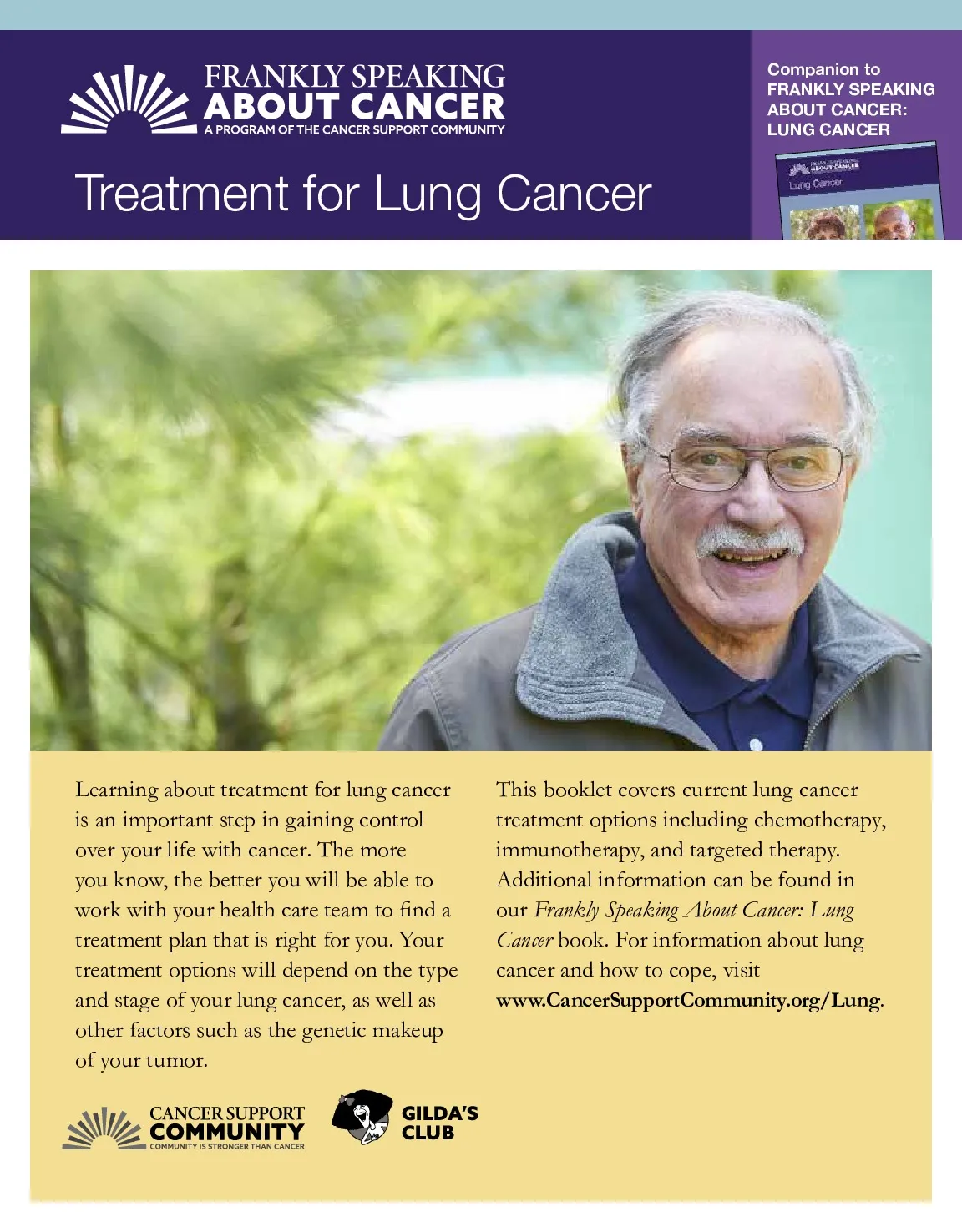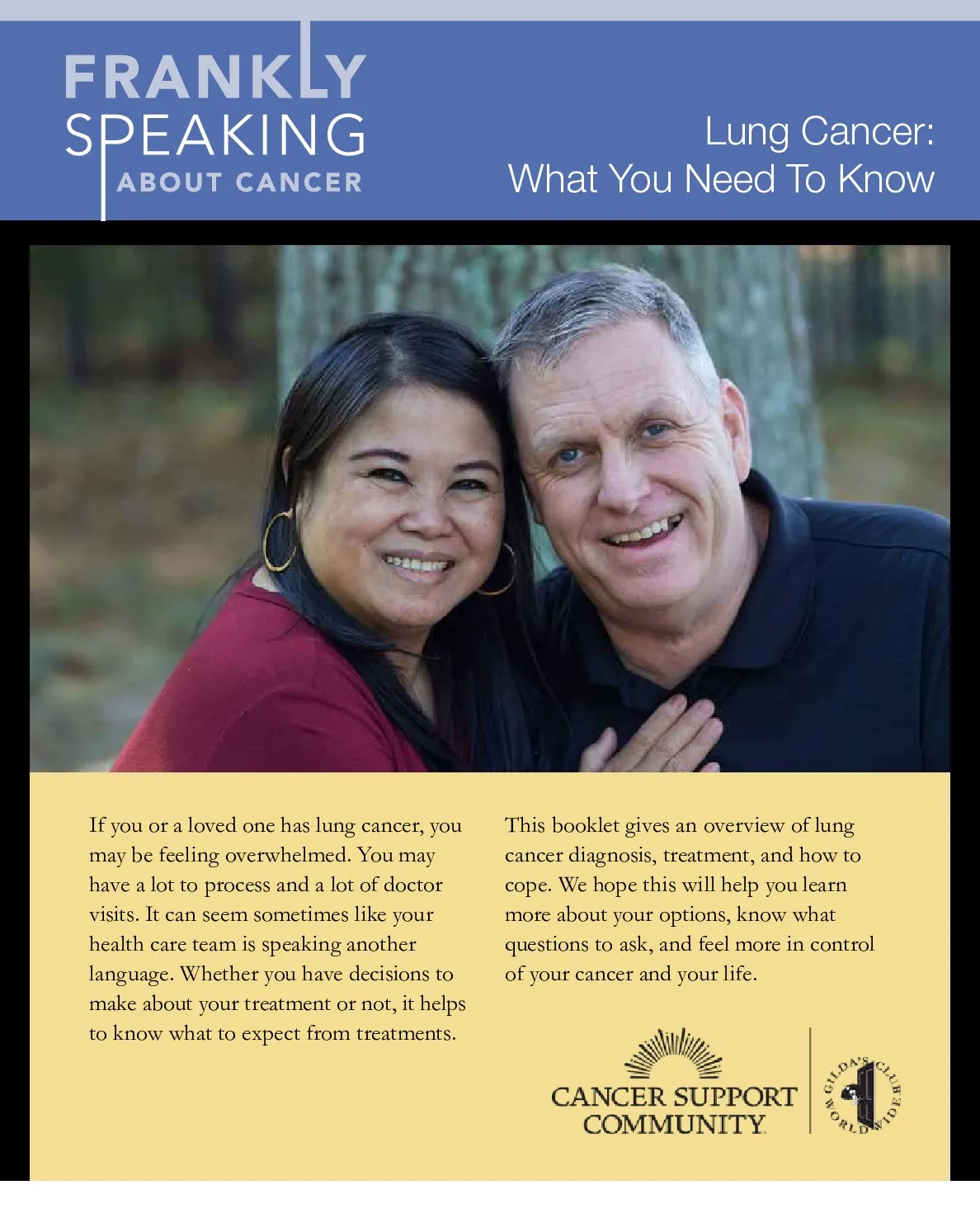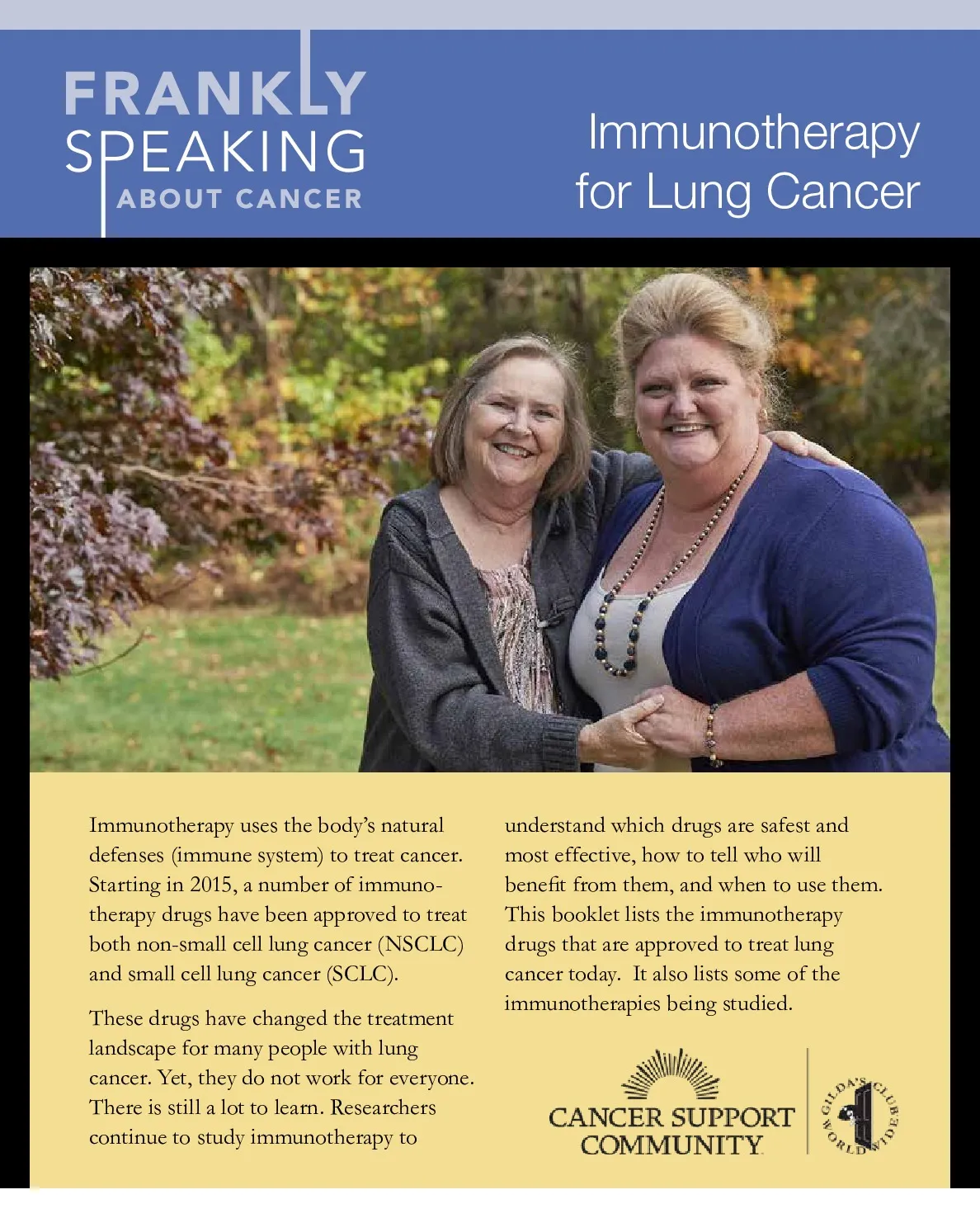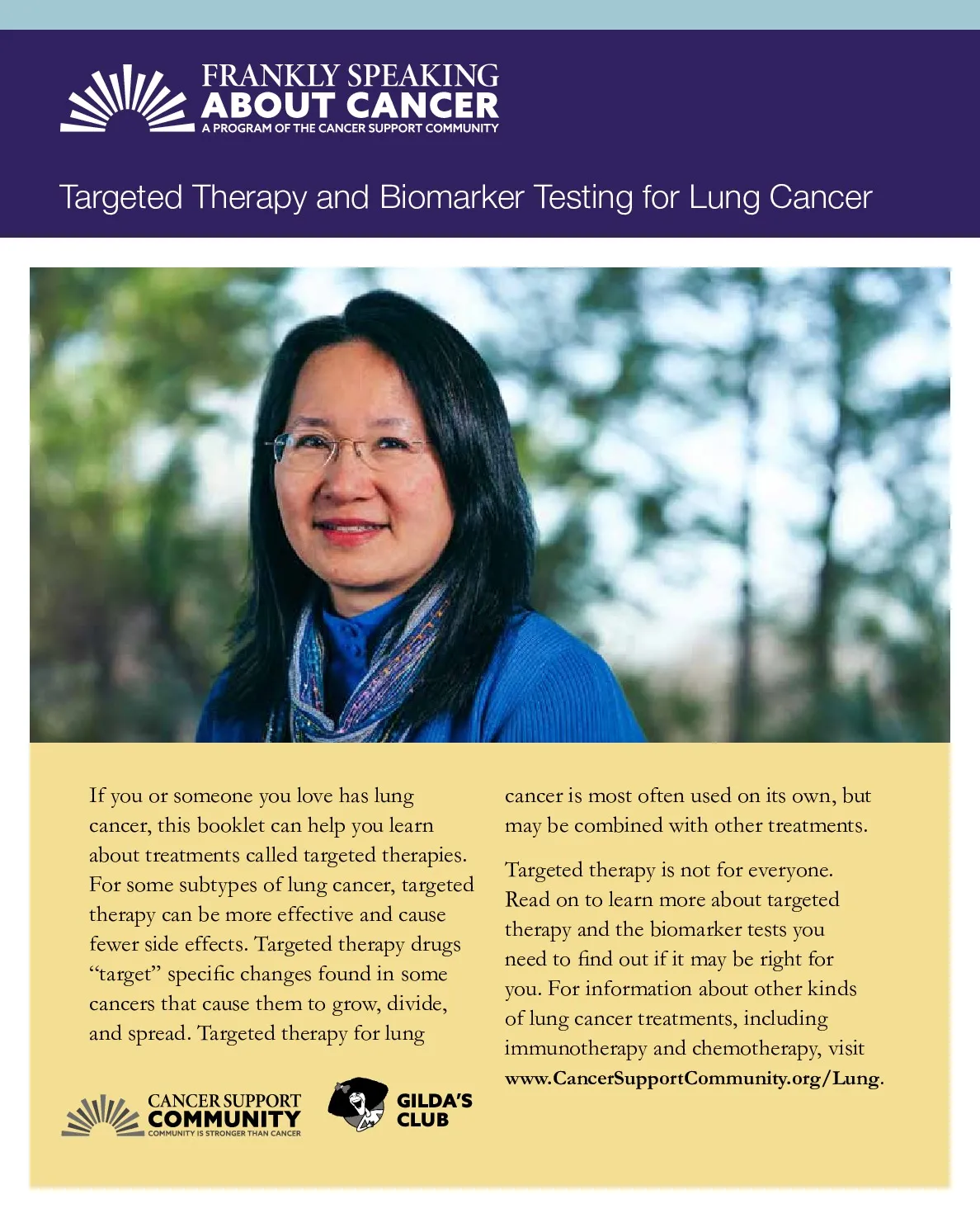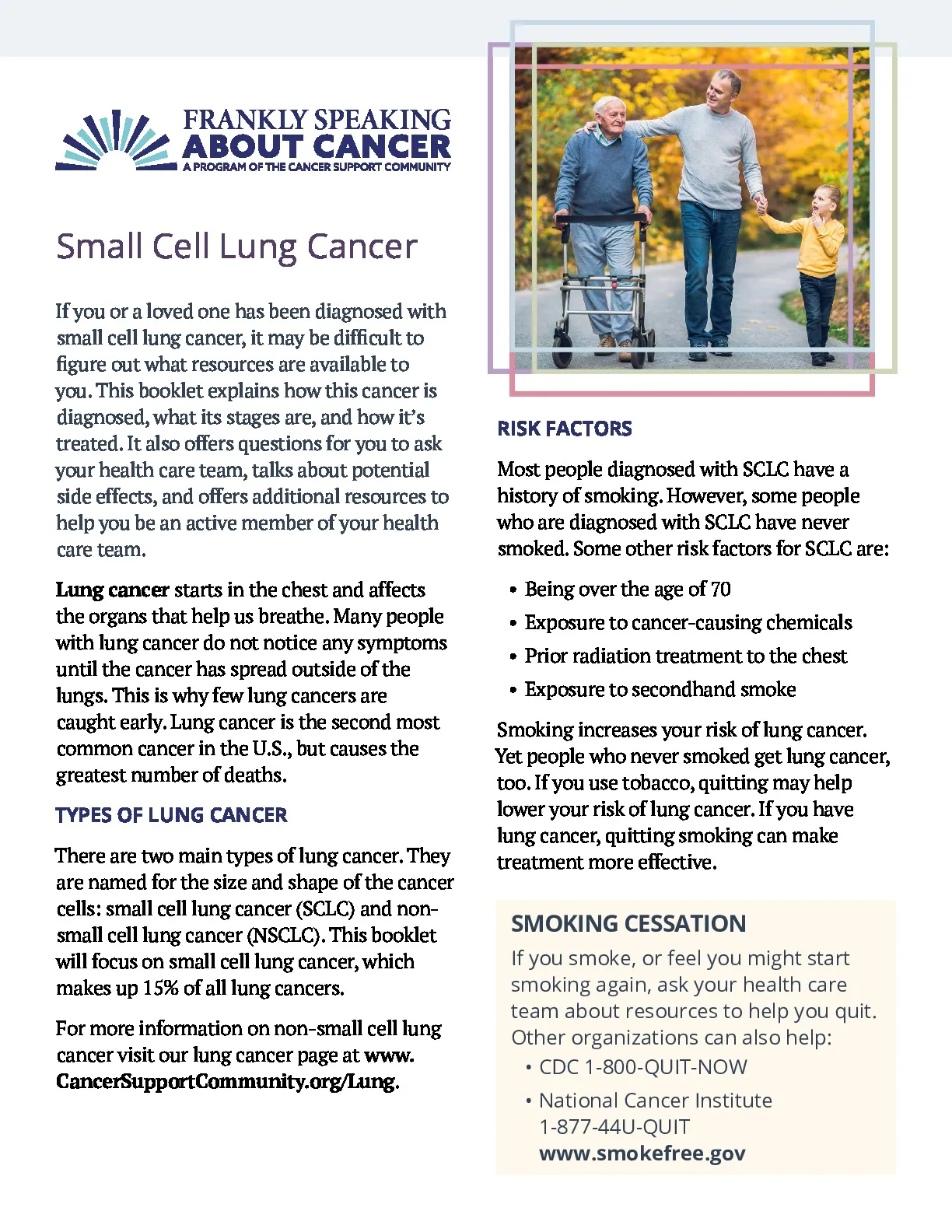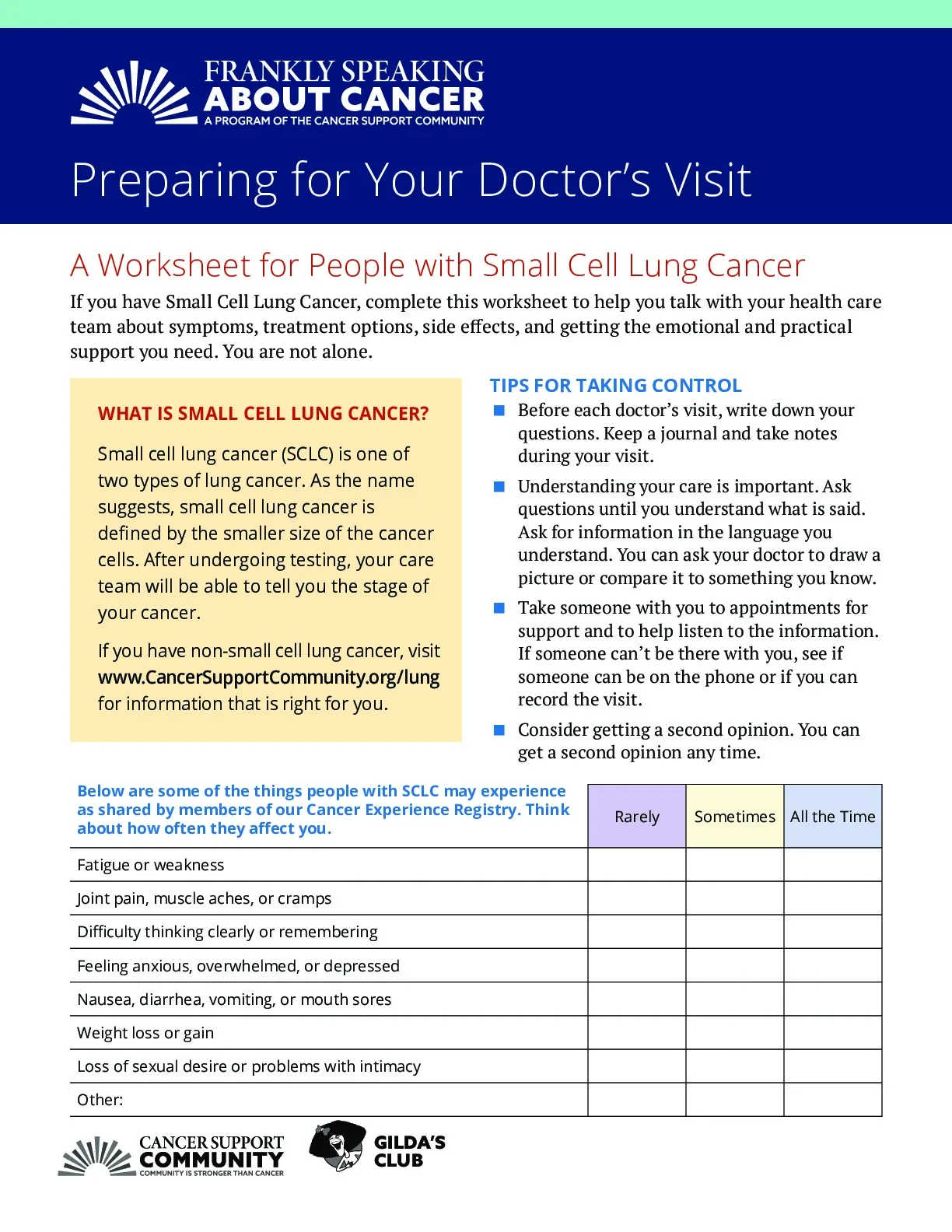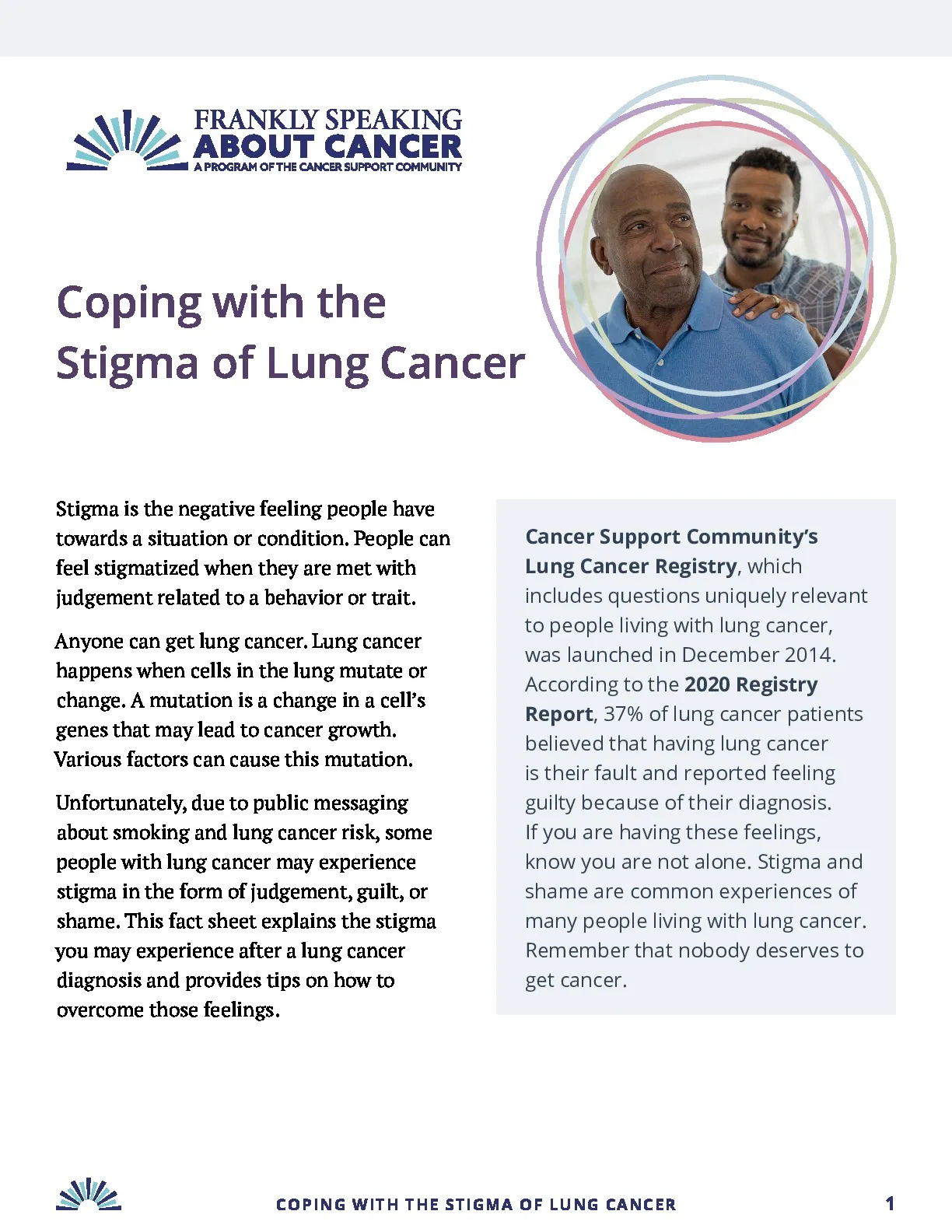Small Cell Lung Cancer
Table of Contents
SCLC is found in fewer than 15 percent of people with lung cancer. As the name suggests, it is defined by smaller size of the cancer cells. It is sometimes called oat cell cancer. Most people who develop SCLC are current or former smokers. About 15 percent of lung cancers in the U.S. are small cell lung cancers.
SCLC tends to grow and spread to the lymph nodes and other organs faster than non-small cell lung cancer (NSCLC). At the time of diagnosis, the cancer usually has spread outside of the lung and is considered a systemic disease. If your cancer spreads to the bone, visit our bone metastases page.
Staging
Small cell lung cancer is staged differently from non-small cell lung cancer. Doctors classify the disease as either limited-stage or extensive-stage disease. This helps them decide on the best treatment.
- Limited-stage: The cancer is in one lung, and may be within the surrounding area on the same side of the chest or adjacent lymph nodes.
- Extensive-stage: The cancer has spread outside the lung to the surrounding area or to other areas of the body.
In addition, The American Joint Committee on Cancer TNM staging system may be used to collect information on the tumor (T), the lymph nodes involved (N) and metastasis or how the cancer has spread (M).
What Is Small Cell Lung Cancer?
Ruby, your virtual community navigator, will help you understand what small cell lung cancer is and how it can be treated.
Treatments
Limited-Stage SCLC (Newly Diagnosed)
Doctors use chemotherapy and radiation to treat limited-stage SCLC. Surgery is seldom used but may be an option when the cancer is found at an early stage.
Extensive-Stage SCLC (Newly Diagnosed)
Treatment is likely to include immunotherapy and chemotherapy. They are often given at the same time. Radiation may be used as well.
Review Your Treatment Options
Chemotherapy (also called chemo) uses drugs to attack and kill cancer cells. These drugs attack fast-growing cells like cancer. Most chemotherapy drugs are given by IV (through a vein). Some chemotherapy drugs can be taken orally, as a pill. Because the drugs continue to work for days or weeks after they are taken, a period of rest and recovery follows each dose or cycle.
Chemotherapy is given as a single drug or as a combination of drugs. Chemo also may be given at the same time as immunotherapy, radiation, or targeted therapy. Sometimes chemo and radiation are given on different days.
Immunotherapy is a type of cancer treatment that uses the body’s natural defenses (immune system) to identify, attack, and kill cancer cells. The immunotherapy drugs that are currently FDA-approved to treat lung cancer are known as either checkpoint inhibitors or bispecific antibody immunotherapies. They are given into a vein through an intravenous (IV) line. You may receive them at your doctor’s office, at an infusion clinic, or as a day patient at a hospital. Which drug you receive will depend on biomarker testing results, overall health status, what you prefer, and your insurance. Ask your health care team if these drugs are an option for you.
New research is looking at other kinds of immunotherapy to treat lung cancer. These include vaccines and cell therapies. Ask your doctor about clinical trials.
Radiation should be used at the same time as chemotherapy. You may be eligible for prophylactic cranial irradiation (PCI). This form of radiation can keep the cancer from spreading to the brain, a common and serious outcome of SCLC.
Chemoradiation is a combination of chemotherapy and radiation therapy. It can be more effective than either alone in treating limited-stage SCLC.
Be sure to ask your doctor about clinical trials. These are studies to test new treatments or learn how to use current treatments better. They may be the only way to try a promising new treatment.
Maintaining your best possible quality of life is an important goal. Some care you receive may not treat your cancer. Instead, it will address possible symptoms caused by your cancer or side effects from treatment, such as pain. It may help you with social, emotional, or spiritual concerns. This kind of care is called palliative care or supportive care.
Many hospitals offer palliative care at the same time as cancer treatment. It is often provided by a palliative care specialist. This person is a doctor or nurse who focuses on symptoms, side effects, and emotional needs of patients. If you are not referred soon after you learn you have lung cancer, ask to see one.
Which Biomarkers Matter for You?
Our Lung Cancer Biomarker Tool can help you understand what test you should get and what the results mean for your treatment.
Coping With SCLC
A lung cancer diagnosis comes with challenges such as: coping with stigma/blame/shame, difficulty breathing, and lung inflammation.
Lung Cancer: What You Should Know
Do you have lung cancer? Do you want to learn more about living with the disease and managing the challenges of lung cancer? Watch the webinar, Frankly Speaking About Lung Cancer: What You Should Know
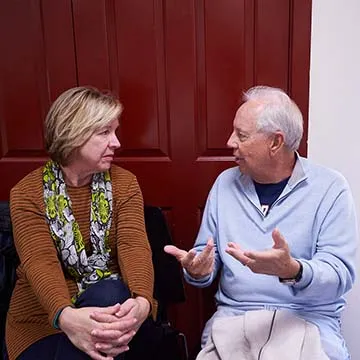
Managing Treatment Side Effects
When making decisions about your cancer treatment, it is helpful to know about common side effects and how to manage them.
Frankly Speaking About Cancer - Lung Cancer
Do you have lung cancer? Do you want to learn more about stigma and how to combat it? Watch the webinar, Frankly Speaking About Cancer: Lung Cancer, Stigma, Blame and Shame
Frankly Speaking About Cancer Library
LibraryWould you like a print copy of these educational materials?
We can mail our Frankly Speaking About Cancer pieces to you. Shipping is free for up to 20 pounds.
Your Experience Matters
Help improve outcomes for lung cancer patients & caregivers. Join the Cancer Experience Registry.
